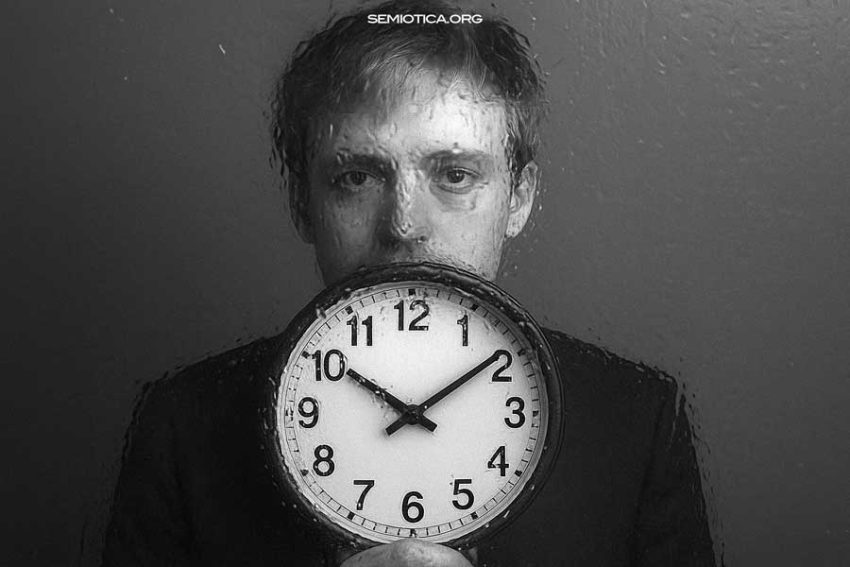In the semiotics of orality, the body is not a secondary support for meaning but the very material of enunciation. Patrizia Violi observes that in oral discourse “sense is literally embodied, since the body constitutes the material of expression of this semiotics.” The body thus establishes the plane of expression in the same way that textual substance does in writing, yet orality never detaches itself from the corporeal act. Whereas written discourse results from a débrayage that separates text from its bodily origin, oral discourse remains anchored in the Moi-chair—the lived, phenomenological body that speaks, breathes, and resonates. This distinguishes it from the Soi-corps, the objectified body as it appears within representation. The two dimensions constantly interact: the Moi-chair functions as the source of enunciation, while the Soi-corps is what becomes semiotically represented within discourse.
For Violi, the voice acts as a hinge between bodily phenomenology and semiotic mediation, at once physical and symbolic, physiological and linguistic. Through the voice, the corporeal and the semiotic dimensions of sense intersect, revealing the expressive thickness of language that textual models tend to neutralize. Here Violi recalls Umberto Eco’s distinction between ratio facilis and ratio difficilis: the first concerns the transparent correspondence between expression and content in ordinary language, the second refers to the more complex and opaque relations typical of aesthetic or artistic forms. Orality belongs to this second mode because it exposes the material and affective density of expression.
Understanding orality therefore requires that semiotics integrate a phenomenological perspective. The body does not merely support enunciation; it constitutes it. The phenomenological body is the place where meaning takes form through gesture, rhythm, intonation, and the very materiality of the voice. Within this framework, intentionality itself is redefined: meaning does not result from a purely cognitive aim but emerges from the bodily orientation of the subject toward the world. Through voice and movement, the body manifests a directedness that is simultaneously physical and semiotic, transforming enunciation from a mental act into a sensorial, affective, and motor event.
A genuine semiotics of orality, Violi concludes, must therefore describe the body as an enunciative instance rather than a pre-semiotic given, consider the voice as the interface between phenomenological experience and semiotic structure, treat intentionality as bodily rather than purely cognitive, and recognize the plane of expression as materially grounded in corporéité. In this sense, meaning does not simply pass through the body: it is the body’s own act, a semiotic gesture in which material presence and signification coincide.
Bibliographic reference: Patrizia Violi, Énonciation textualisée, énonciation vocalisée: arts du dire et sémiotique de l’oralité, Actes Sémiotiques, 2006 (published online 27 October 2009).
